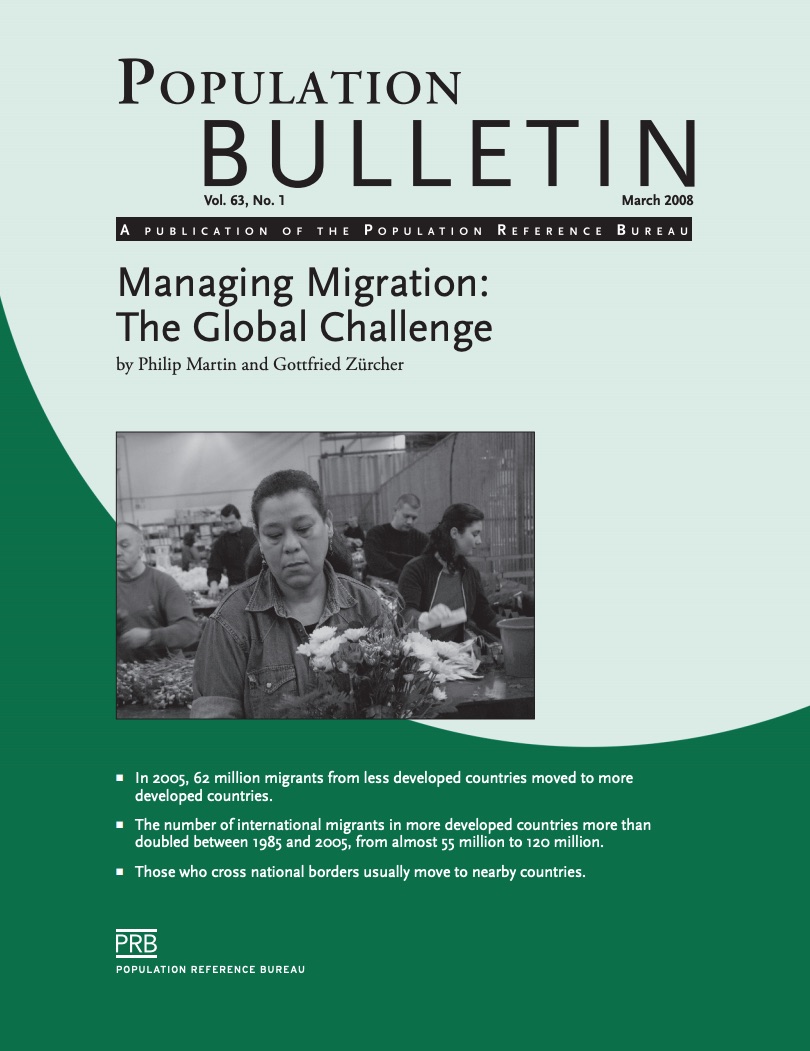Despite Wide-Ranging Benefits, Girls’ Education and Empowerment Overlooked in Developing Countries
(2010) Numerous studies have demonstrated the positive impact of girls' education on child and maternal mortality, health, fertility rates, poverty, and economic growth.



